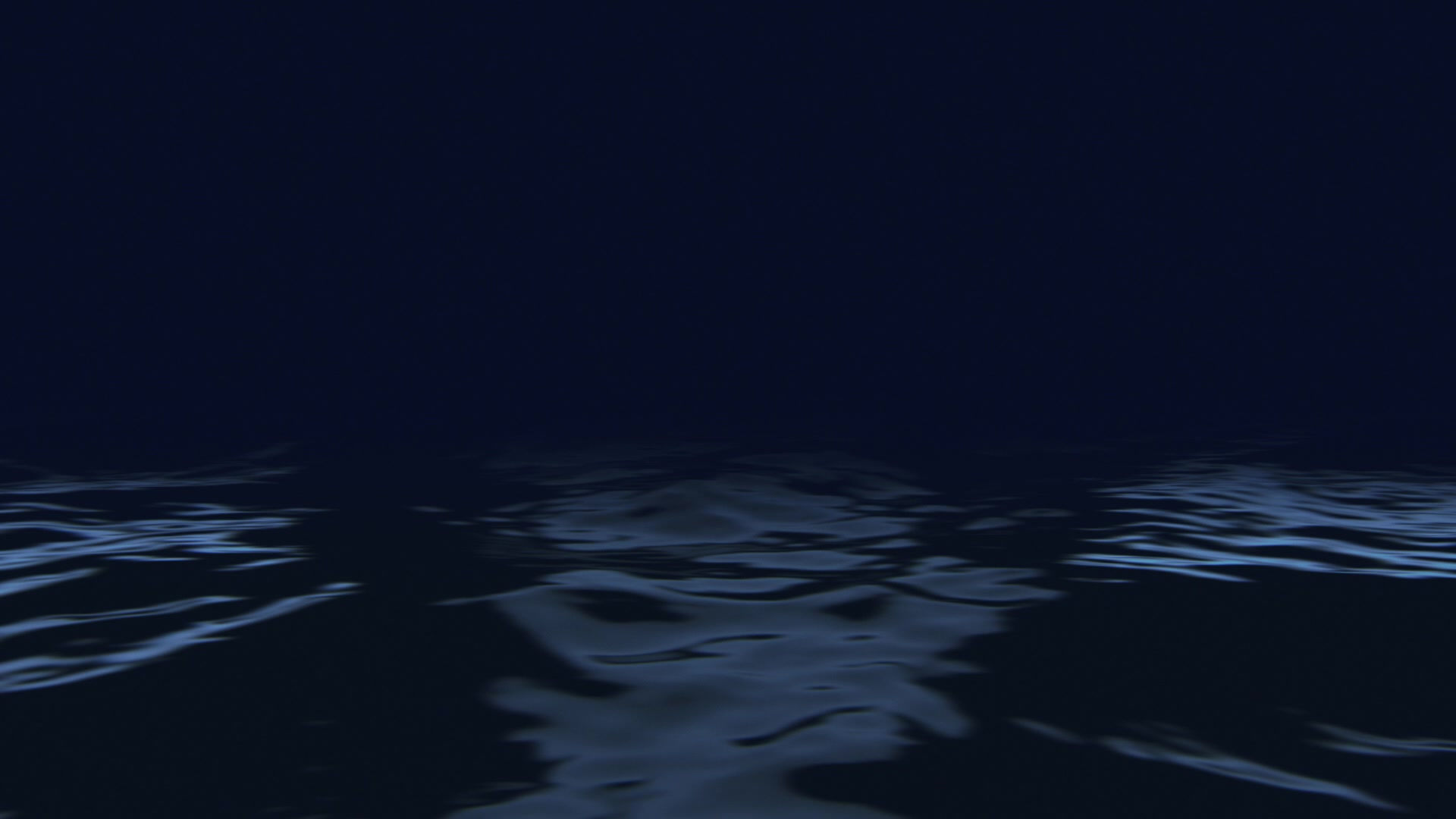
Surfing was invented by the Polynesians in the 12th century, originating in the tropical climates of Tahiti and Hawaii.
The surfboards then were carved from indigenous trees.
In 1914, Hawaiian surfing champion Duke Kahanamoku arrived in Sydney, Australia. He carved a surfboard from a local tree and gave a surfing demonstration at Freshwater Beach.
This moment was the dawn of Australian surfing culture.
It wasn’t until the 1950s and 60s that surf culture truly developed. The sport had become associated with certain clothing brands, music tastes, and filmography, developing unique attitudes and values in its community.
Nowadays, technological advancement and climate change have had a huge impact on the sport of surfing.
Global warming has produced flooding and unnatural ocean patterns, and every year the average sea temperature rises.
Technological innovations have brought forth new changes in surfware development. The dawn of artificial waves and reefs, the emergence of jetski tow-in surfing and of course, the evolution of surfboard design and manufacture.


The start of the 50s had 10-foot+ surfboards made of balsa wood, fibreglass and resin. The boards weighed anywhere between 10-20kg. (depending on the shapers design)
The late 50s and early 60s saw shapers experimenting with an alternative to balsa. They created a much lighter and easier-to-shape product made from polyurethane foam moulds.
Since then, this product has become the industry standard for surfboards. Over the next few decades the boards’ shape, weight, height and design would evolve but polyurethane would remain the same.
The history of surfboard design has constantly evolved the look and feel of the final creation but the materials and methods used continue to damage the environment to this day.